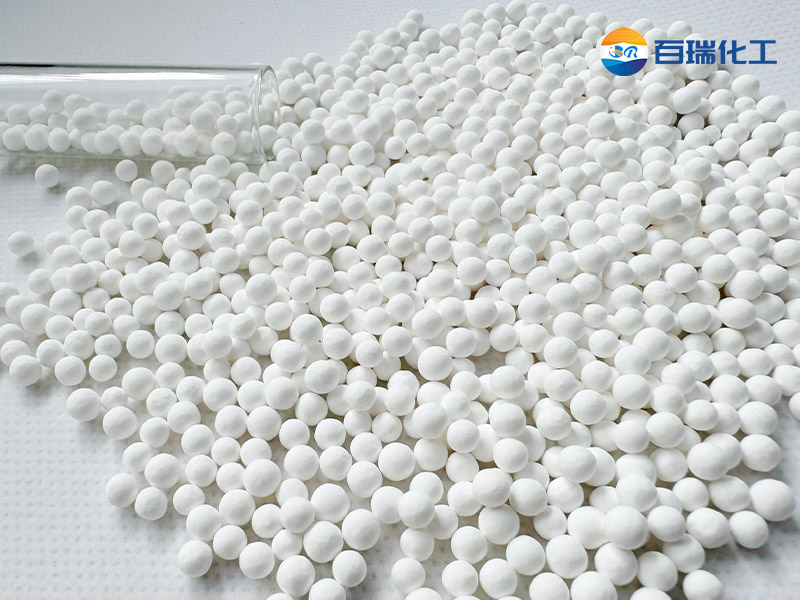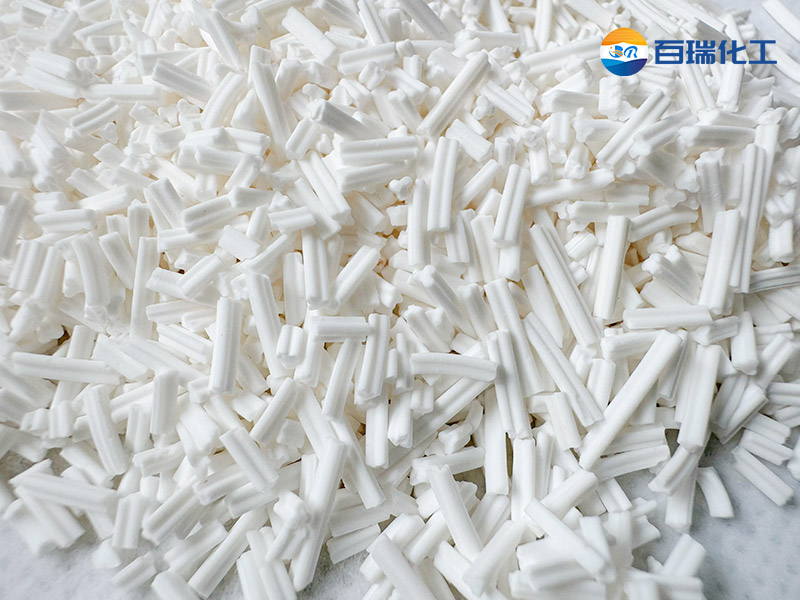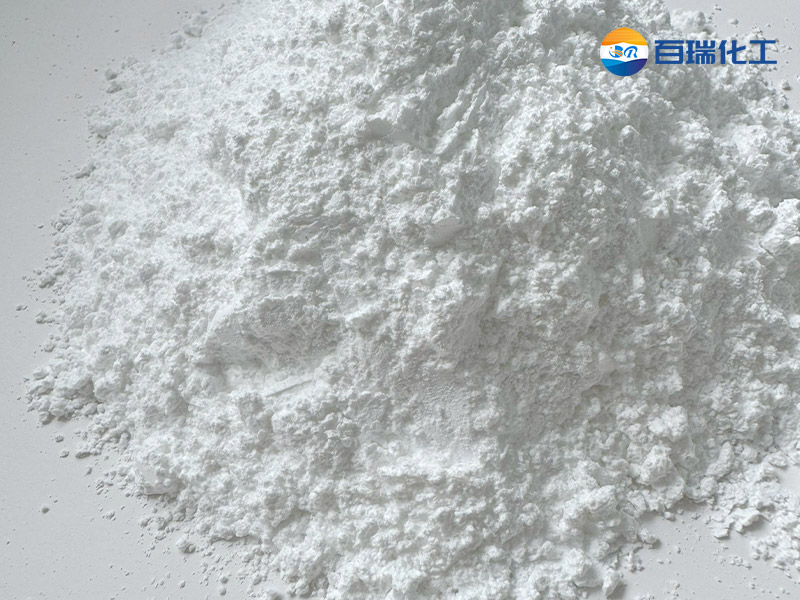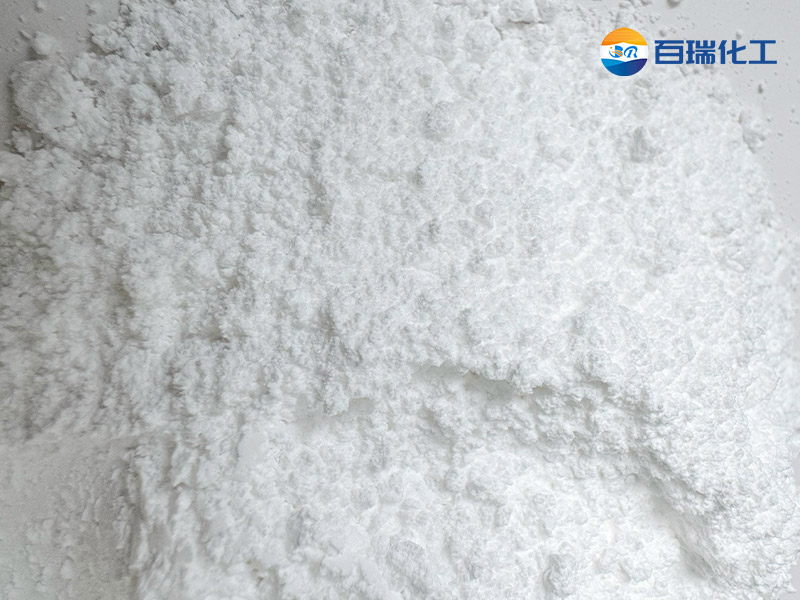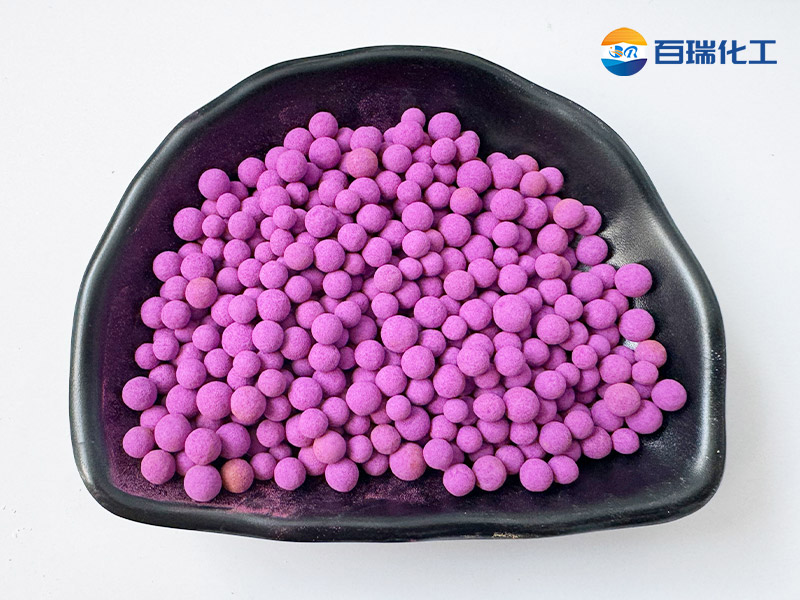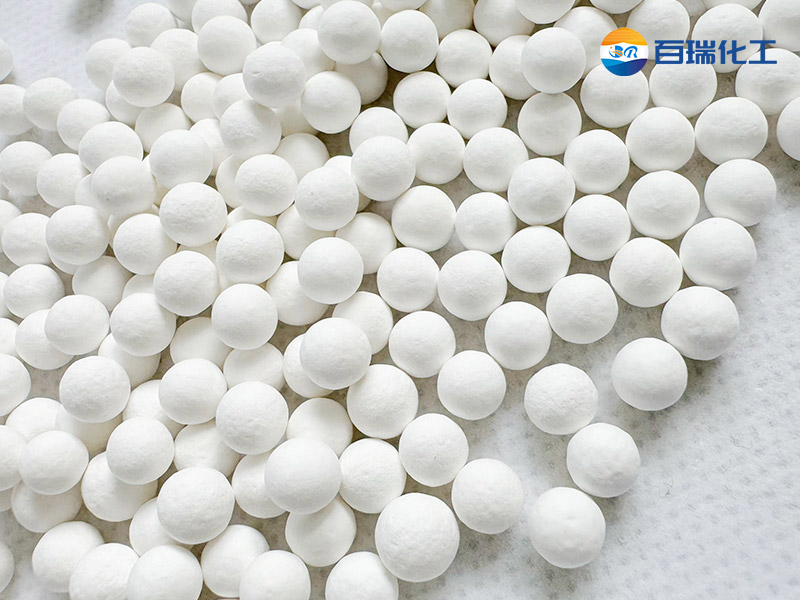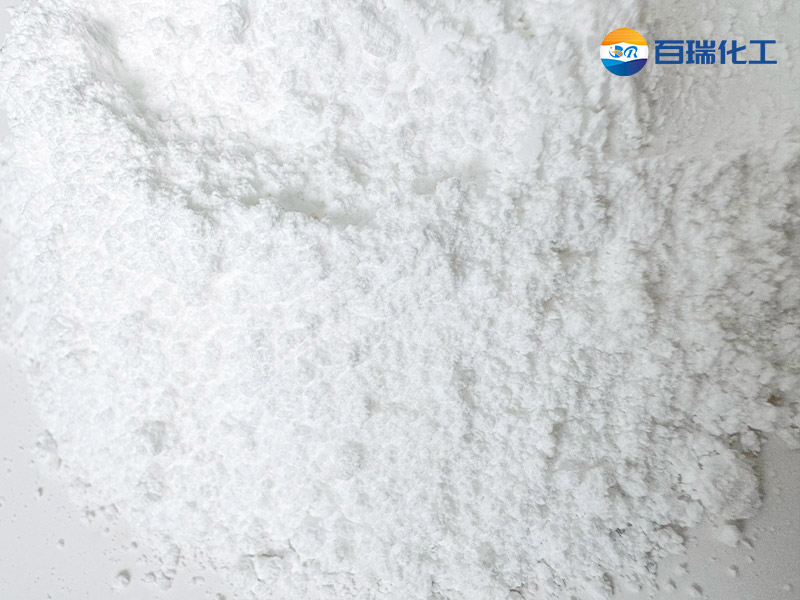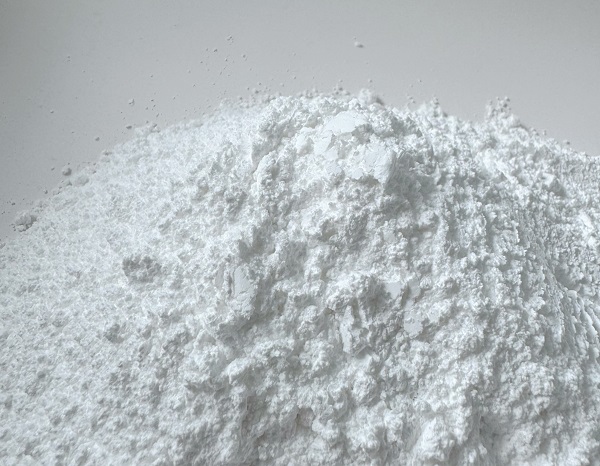As an important industrial adsorbent and catalyst carrier, activated alumina is widely used in petrochemical, gas drying, water treatment and other fields. Faced with a wide range of products on the market, how to choose the most suitable activated alumina has become a difficult problem. Let us follow this article to learn about it and help you choose the right alumina product.
一. Clarify application requirements
The first step in selecting activated alumina is to clarify the specific application scenarios and requirements:
1. Key points for selecting adsorption applications
• Gas drying: focus on pore size distribution and water absorption capacity
• Liquid purification: consider compressive strength and chemical stability
• Fluoride removal: requires specific surface chemical properties
2. Key points for selecting catalyst carriers
• Active component dispersion: requires optimized pore size and surface properties
• Reaction conditions: consider thermal stability and mechanical strength
• Regeneration requirements: evaluate performance retention after multiple regenerations
3. Other special applications
• Pharmaceutical field: requires high purity and specific particle size
• Electronics industry: requires extremely low metal impurity content
二. Evaluation of key performance parameters
1. Physical property indicators
• Particle size distribution: affects pressure drop and mass transfer efficiency
• Bulk density: related to device design capacity
• Compressive strength: determines service life
• Wear index: affects long-term performance
2. Structural characteristic parameters
• Specific surface area: directly affects adsorption capacity
• Pore volume: determines the amount of material that can be accommodated
• Pore size distribution: affects selectivity and kinetics
3. Chemical property indicators
• Surface acidity: affects catalytic performance
• Impurity content: especially Na, Fe, etc.
• pH value: determines chemical stability
三. Supplier selection and quality control
1. Supplier evaluation criteria:
o Production process stability
o Quality control system perfection
o Technical support and after-sales service capabilities
2. Quality verification methods:
o Request third-party test reports
o Conduct small or medium-scale tests
o Establish a long-term quality tracking mechanism
3. Cost-benefit analysis:
o Initial purchase cost
o Service life and number of regenerations
o Operation and maintenance costs
四. Common selection errors and avoidance methods
1. Excessive pursuit of a single indicator:
o Avoid only looking at the specific surface area and ignoring the pore size distribution
o Do not only focus on initial performance and ignore stability
2. Ignore actual working conditions:
o Consider operating conditions such as temperature and pressure
o Evaluate the impact of impurities and pollutants
3. Lack of systematic thinking:
o Consider matching with upstream and downstream processes
o Evaluate replacement and processing costs
Selecting activated alumina is a systematic project that requires comprehensive consideration of technical parameters, application requirements and economic benefits. Through scientific methods and rigorous evaluation, you can find the most suitable activated alumina product for a specific application. It is recommended to work closely with experienced technology suppliers to make full use of their expertise and experience, while optimizing the selection based on your actual needs. Remember, the best product is not necessarily the most expensive, but the best for your specific application.
If you have any other questions or any needs about activated alumina, please contact us!


